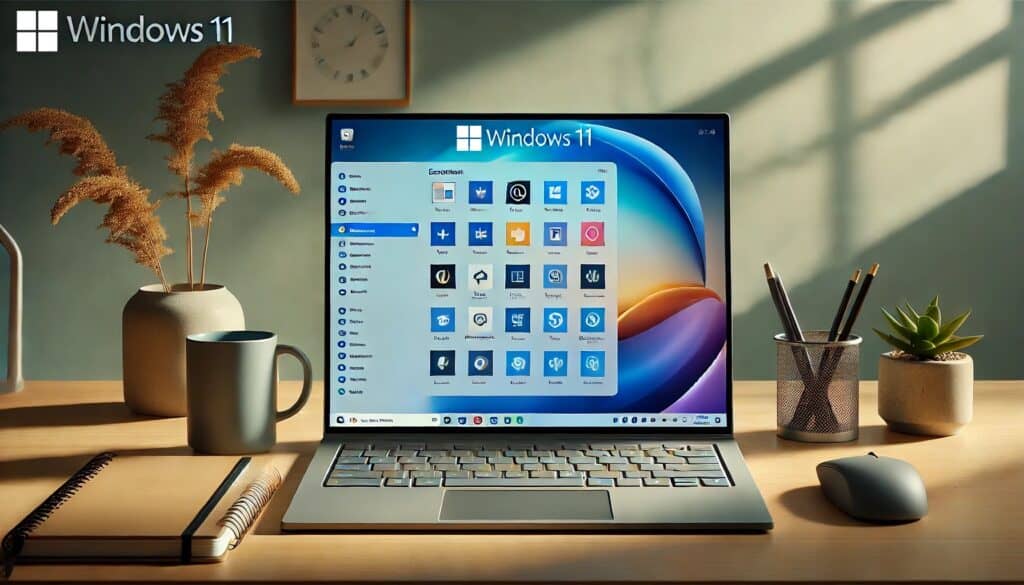
Imagine powering up your computer and being greeted by the tools you need to hit the ground running. Windows 11 offers a fantastic feature that lets you customize which apps launch automatically when you log in. By optimizing your startup apps, you can save time, reduce distractions, and streamline your workflow—all without compromising your computer’s performance.
Here’s how to take full advantage of Windows 11’s startup features and make your daily routine smoother.
Why Customize Startup Apps?
Having your essential applications ready to go as soon as your computer starts can save valuable time. Whether it’s a communication app like Microsoft Teams, a project management tool, or even a web browser, launching apps automatically means you don’t have to manually open each one. This can make all the difference, especially on busy mornings when every second counts.
However, it’s important to strike the right balance. Allowing too many apps to launch at startup can slow down your device. By fine-tuning your startup settings, you can maximize both convenience and performance.
How to Manage Startup Apps Using Windows Settings
The easiest way to manage your startup apps in Windows 11 is through the Settings app. Follow these steps to customize which apps launch automatically:
- Open the Settings Menu
Click the Start button or press the Windows key, then select Settings. - Navigate to Startup Settings
In the Settings menu, go to Apps and then select Startup. - Enable or Disable Apps
You’ll see a list of apps that support auto-launch. Next to each app, there’s a toggle switch. Flip the toggle to “On” for apps you want to open automatically, and “Off” for those you don’t.
What makes this approach particularly useful is that Windows 11 provides an impact assessment for each app. For example:
- Low Impact: Apps that use minimal system resources.
- High Impact: Apps that may significantly slow down your device during startup.
This visibility helps you make informed decisions about which apps to prioritize.
Adding Custom Startup Apps with the Startup Folder
What if the app you want to auto-launch isn’t listed in the Startup section of Settings? No problem—Windows 11 has a handy alternative: the Startup Folder.
Here’s how to add custom apps to your startup routine:
- Open the Run Tool
Press “Windows Key + R” to open the Run dialog box. - Access the Startup Folder
Type shell:startup into the Run box and click OK. This will open a folder dedicated to startup shortcuts. - Add Your App
Locate the executable file (.exe) of the app you want to include. Drag and drop its shortcut into the Startup folder. Now, the app will launch automatically whenever you log in.
Tips for a Balanced Approach
While auto-launching apps can boost productivity, it’s wise to be selective. Loading too many apps at once can lead to slower boot times and a cluttered desktop. Focus on essential tools—like email clients, task managers, and communication apps—and skip the rest.
If your startup feels sluggish, revisit your app list and disable anything unnecessary. Alternatively, use the Task Manager to analyze which apps consume the most resources and make adjustments accordingly.
Start Strong Every Day
Customizing your startup apps is a simple but powerful way to enhance your efficiency. By taking a few minutes to tailor your startup routine, you can start every day with the tools you need, ready and waiting. Whether you’re a professional juggling multiple tasks or simply someone who values a smoother workflow, mastering Windows 11’s startup features is an investment in your productivity.
Need help setting up your system or optimizing your technology? Reach out to a tech professional who can guide you toward a more productive workday.
